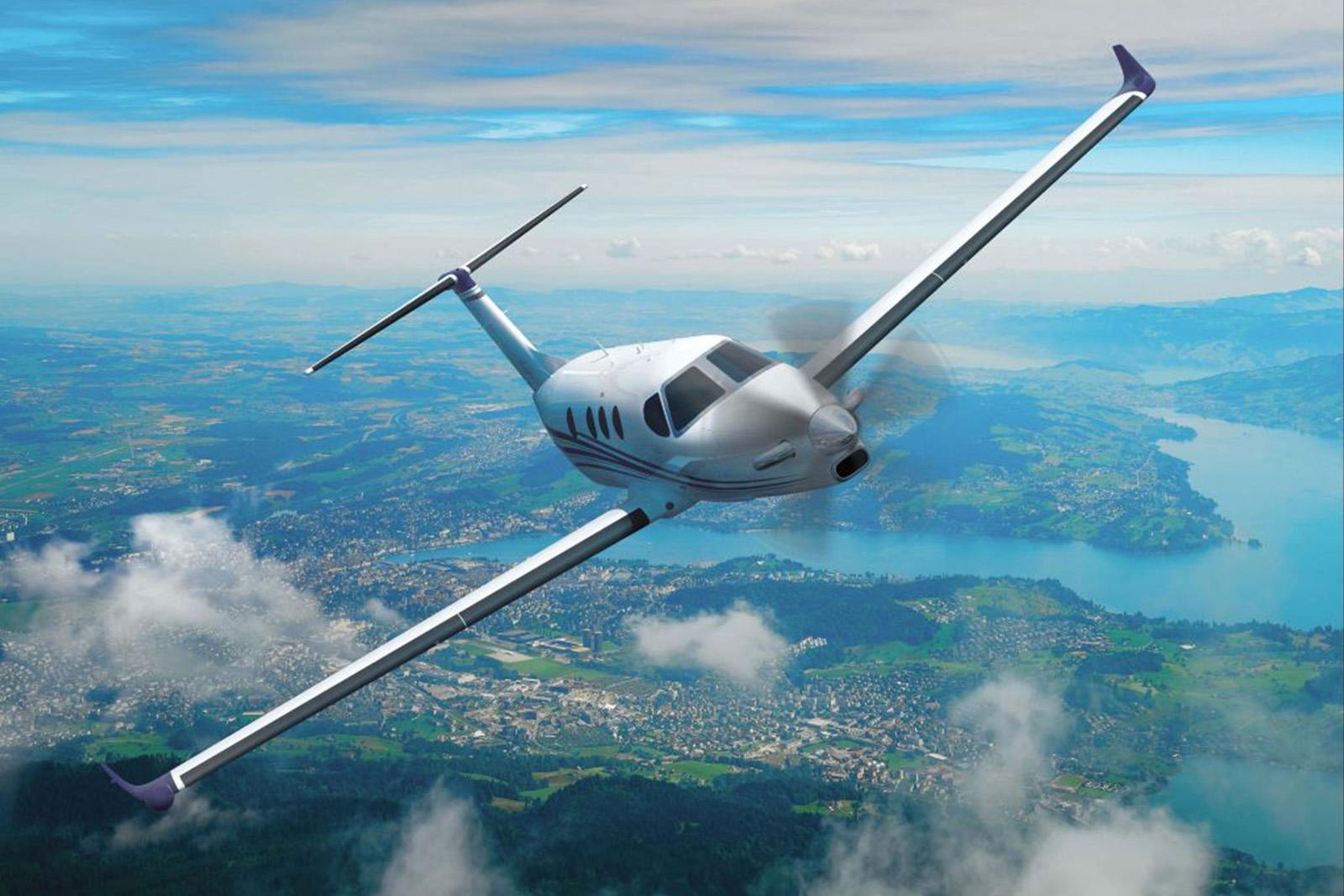
ORLANDO--Textron Aviation announced delays to entry-into-service and first delivery of its Beechcraft Denali with certification now expected in the second half of 2024. Certification earlier had been anticipated for 2023.
It also announced that the third and final Denali test aircraft has entered the flight-test program, officials said at NBAA-BACE.
Together, the three aircraft have accumulated about 600 hr. of flight time. The third aircraft entered the program in September.
The certification schedule is firming up to align with the certification schedule of the aircraft’s new GE Catalyst 1,300-shp engine. Entry into service is now expected in early 2025.
“During COVID, we made the decision to retime the Denali after the Sky Courier,” says Textron Aviation President and CEO Ron Draper. The 408 Cessna Sky Courier twin utility turboprop received FAA certification in March, with first customer delivery—to launch customer FedEX—in May.
“Now, we’re going full out on the Denali, and the end’s in sight for us,” Draper says. “As we look at all the lifting left to get through the [certification], which is an ever-higher bar to jump over, we’re estimating airplane [certification] in the second half of [2024], and then entry into service shortly thereafter.”
The Denali is “game-changing,” says Lannie O’Bannion, Textron Aviation senior vice president of global sales and flight operations. “From tip to tail, this is truly a clean-sheet aircraft from airframe, engine and propeller.”
Textron Aviation announced the Denali, a single-engine turboprop named for the highest mountain peak in North America, at EAA AirVenture in 2015. When introduced, the aircraft was called “Single Engine Turboprop.”
The aircraft, which will carry eight to 11 occupants, has a four-passenger range of 1,600 nm, a maximum cruise speed of 285 KTAS, and a full fuel maximum payload of 1,100 lb. The Denali may be configured into a six-seat executive formation with refreshment center or a nine-seat commuter configuration.
Standard features include three 14-in.-diagonal widescreen LCD displays, Garmin Integrated Autothrottle, synthetic vision technology, two touch-screen control panels, weather avoidance radar, Terrain Avoidance Warning System, Garmin Traffic Collision and Avoidance System, dual attitude heading reference system, dual air data computers and digital audio system.
Editor's Note: This story has been updated with additional information.
